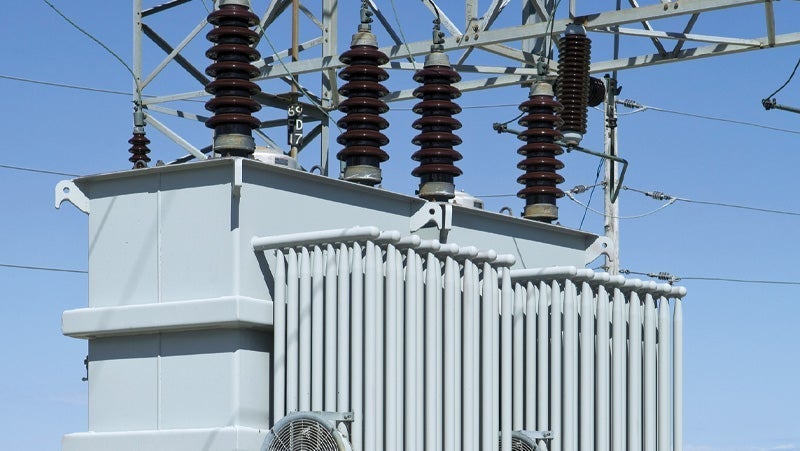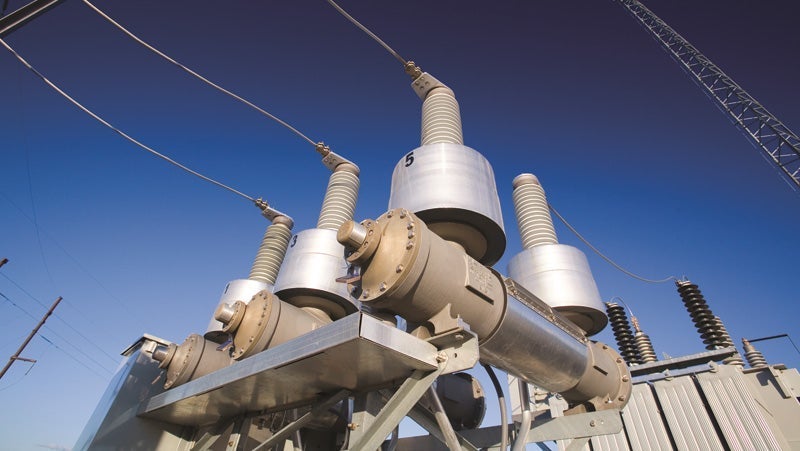Limited parts, aging infrastructure and increasing frequency of severe weather incidents, plus rising demand for both carbon and renewable sources, are straining the energy infrastructure in the U.S. and around the world. The result is an increased risk of disruptive and hazardous power outages.

Protective coatings play a huge role in keeping existing power equipment in good working condition and protected from corrosion, UV damage and wear from decades in the field. By safeguarding against these elements, these coatings are instrumental in sustaining uninterrupted power flow and enabling the seamless operation of mission-critical systems.
In the November 2022 issue of Power System Technology (PST), Maria Lamorey, commercial strategy manager at PPG, shared steps that manufacturers should consider to ensure optimal protection of their mission-critical equipment like transformers, switchgears and generators.
She cited some of the key considerations for reviewing and upgrading paint specifications for power equipment manufacturers.

Chemistry - There are many coatings chemistry options, including epoxies, polyesters, urethanes, acrylics and hybrids. Each should be evaluated on their respective strengths and weaknesses based on their use and conditions in the field.
Performance Testing - Beyond meeting IL or IEEE regularly standards, paint specifications should be written in a way that accurately represents real-world. Some of the most common tests are salt spray, QUV (ultraviolent accelerated weather), humidity, impact, cross hatch adhesion, gravel/abrasion and pencil hardness.
Regular Paint Specifications Review - Manufacturers should regularly evaluate their paints' specifications to ensure that they are utilizing the most advanced coatings solutions and available testing methodologies for their specific applications.
